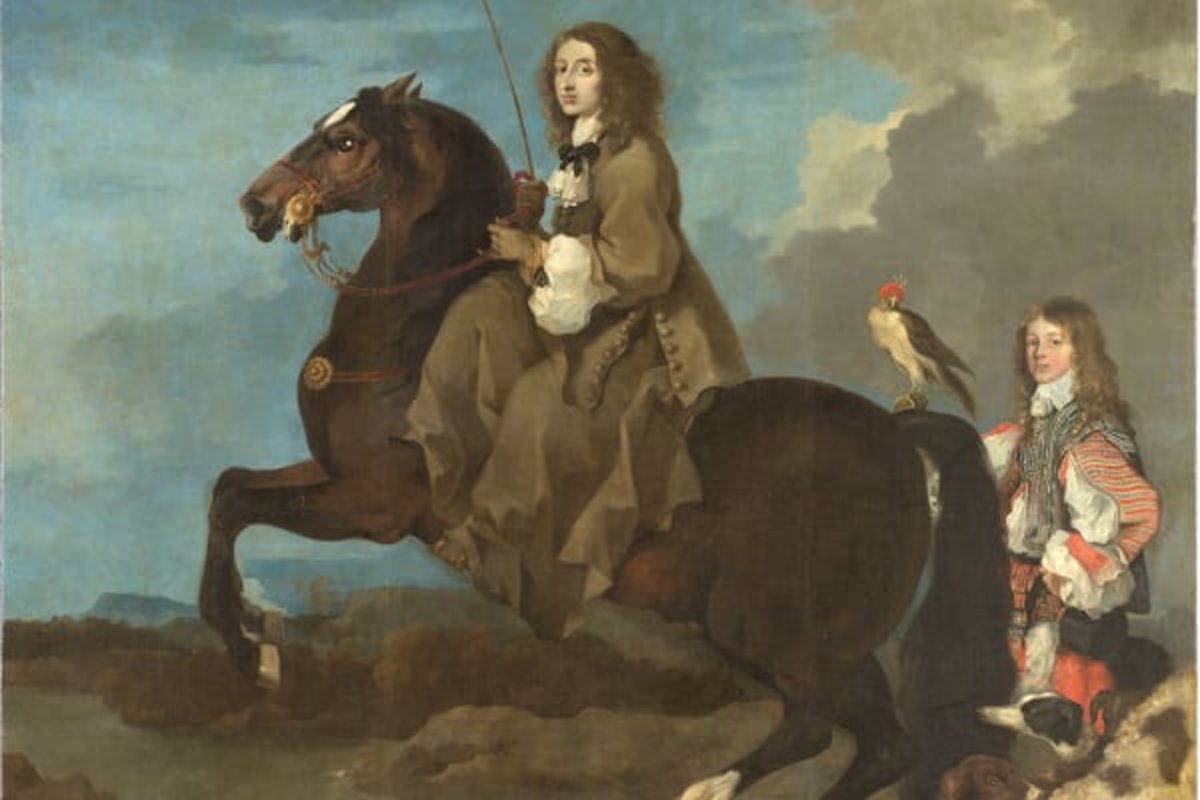The National Prado Museum has removed nine works from its storage in its second edition of ‘The Prado in feminine’ in which they celebrate the figures of Mariana of Austria, Isabel de Borbón and Queen Christina of Sweden as pioneering artistic promoters, with the aim of understanding the history of art from “a gender perspective”, as reported this Wednesday by the curator of the route, Noelia García.
“The traditional story of historiography that we all know is a history of art promoted by men. We have not shed light, we have not put the focus or attention on the role that women have developed. In certain historical periods, such as the 17th century, they were absolutely fundamental,” explained García, who highlighted that for the Museum, women are “fundamental.”
Among the 34 works that make up the cycle, divided into four sections and 18 rooms, some of the nine that have left the warehouse are ‘Judith and Holofernes’, by Domenico Tintoretto; ‘Queen Maria Theresa of Austria and the Grand Dauphin of France’, by Beaubrun; ‘Queen Marie Louise, with roses in her right hand’; or ‘Christina of Sweden, queen’, by Bourdon.
Thus, from this Wednesday until next September 8, the Prado invites you to “celebrate” the collecting of the aforementioned women of the European royal houses whose contribution, its curator has assured, has been “decisive” for the formation of the former royal collection and the current Prado.
In this second edition, which has had funding from the Women’s Institute, the Museum has focused on the 17th century and wanted to highlight the role of Queen Christina of Sweden, responsible for the Museum having works such as the ‘Adam and Eve’ by Dürer, who was a “controversial” character due to issues of gender identity, being one of the first royal women to wear pants in Spain, as García explained.
EL PRADO CONTINUES CORRECTING THE BILLBOARDS OF THE WORKS
To get closer to its objectives of making visible “the role of women” in art and highlighting these promoters or “patrons of art” who promoted the Prado collection, the itinerary has continued to correct the billboards of the works, seven on this occasion , mentioning the “correct” ownership of the women and queens who appear.
“We are interested in the ownership of these queens being what they had. Let us remember that last year Mary Tudor appeared as the second wife of Philip II and was the first property-owning queen of England. The Museum is correcting this whole issue with great exhaustiveness and also differentiating between queens consorts, queens owners, that is also very important to give each one the historical prominence they deserved.“García clarified.
Among the activities and resources linked to ‘The Prado in feminine II. Artistic promoters of the Museum’s collections (1602-1700) There are four new pieces from the documentary series ‘Masterpieces of the Prado and their artistic promoters’; a book that accompanies the itinerary; scientific meetings; discussed itineraries and conversations with the commissioner, Noelia García; a course for teachers to teach Art History from “a gender perspective”; a film series; concerts and guides for families, among others.
The four sections proposed by the Prado correspond to a presentation of the artistic promoters in the Museum, the figure of Mariana of Austria, that of Isabel de Borbón and, finally, that of Queen Christina of Sweden.
